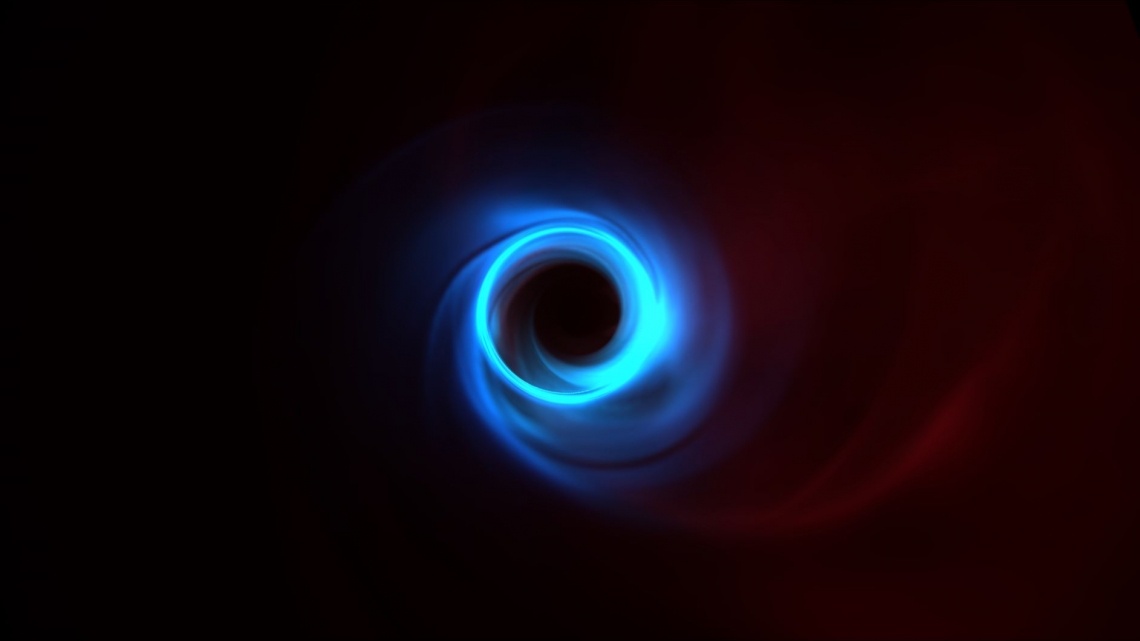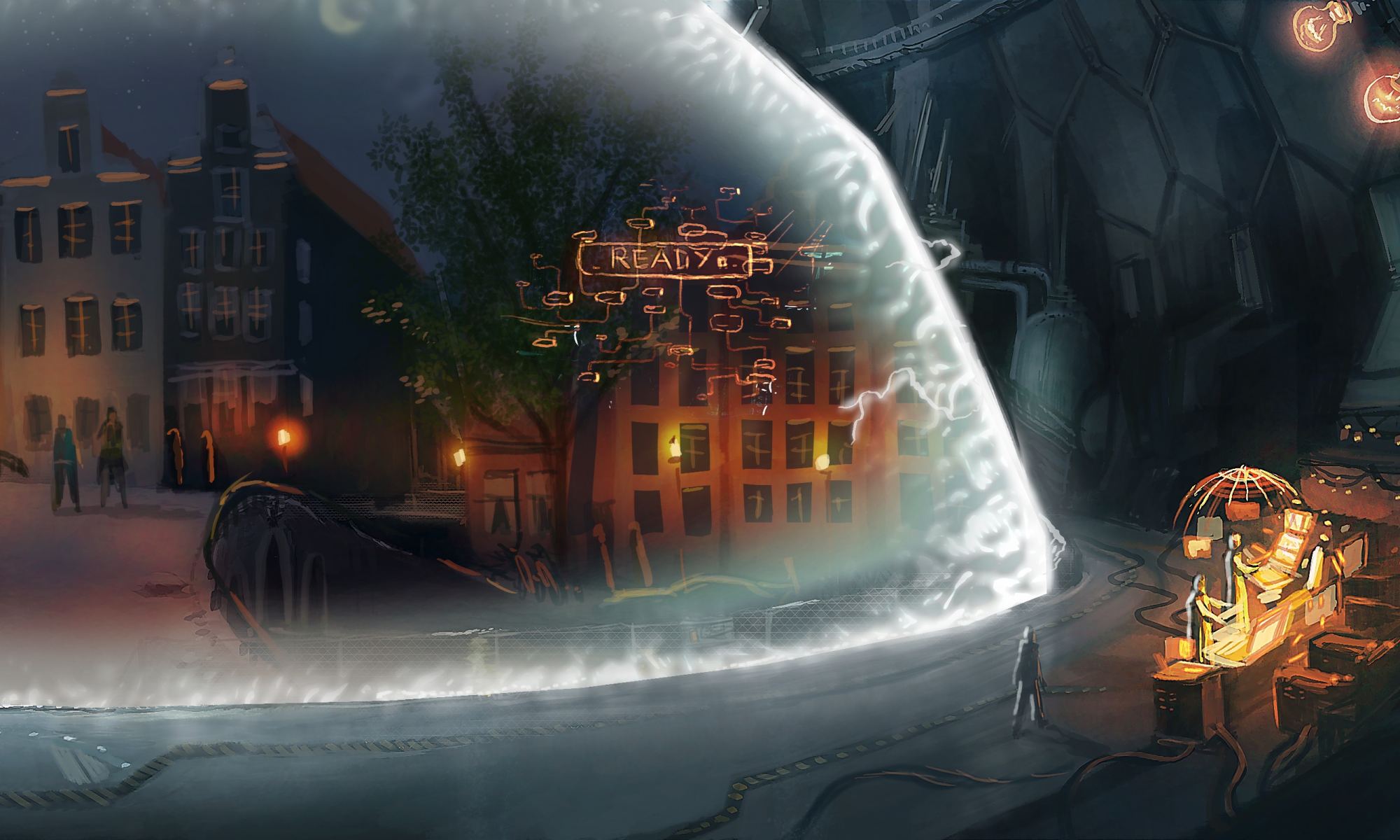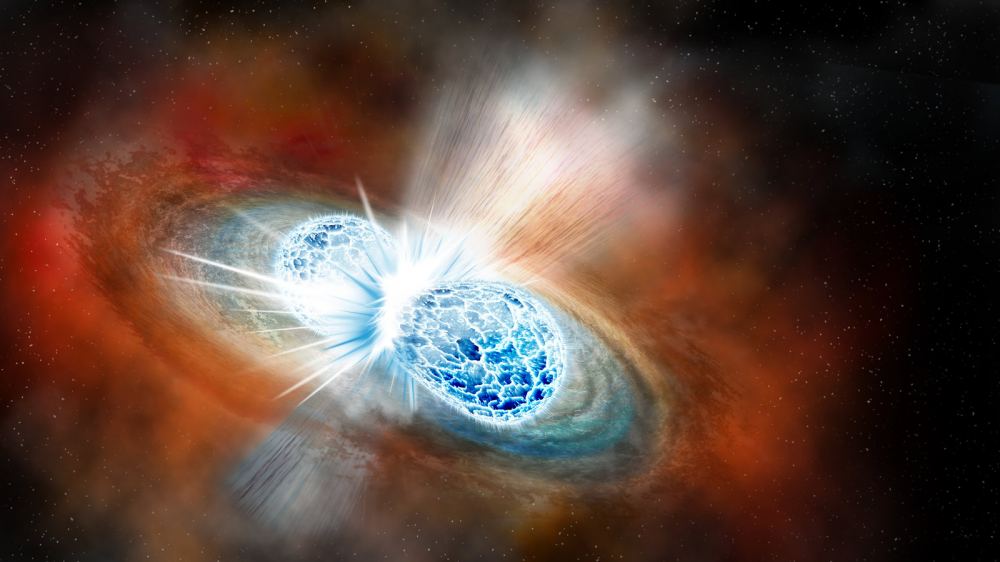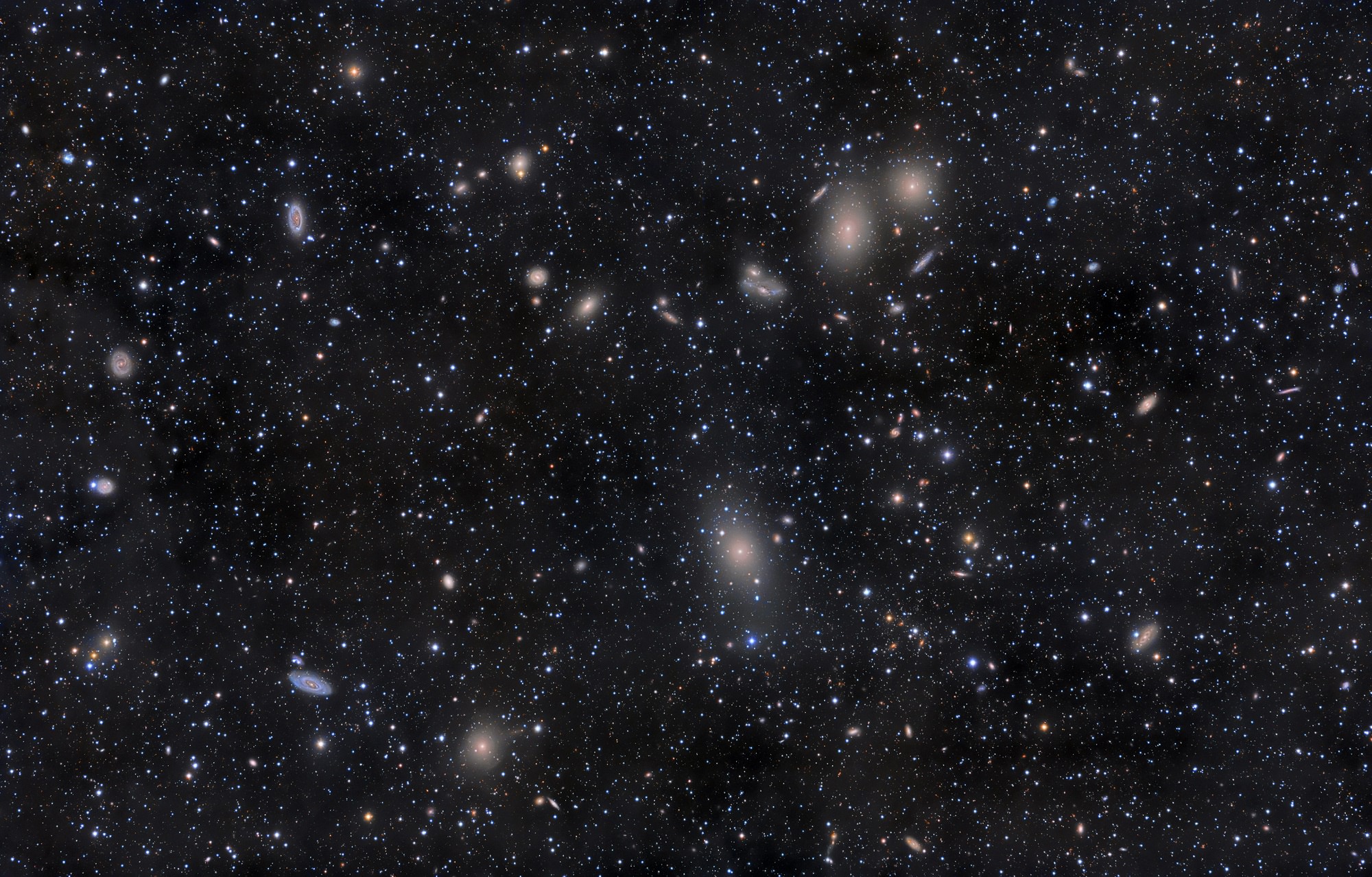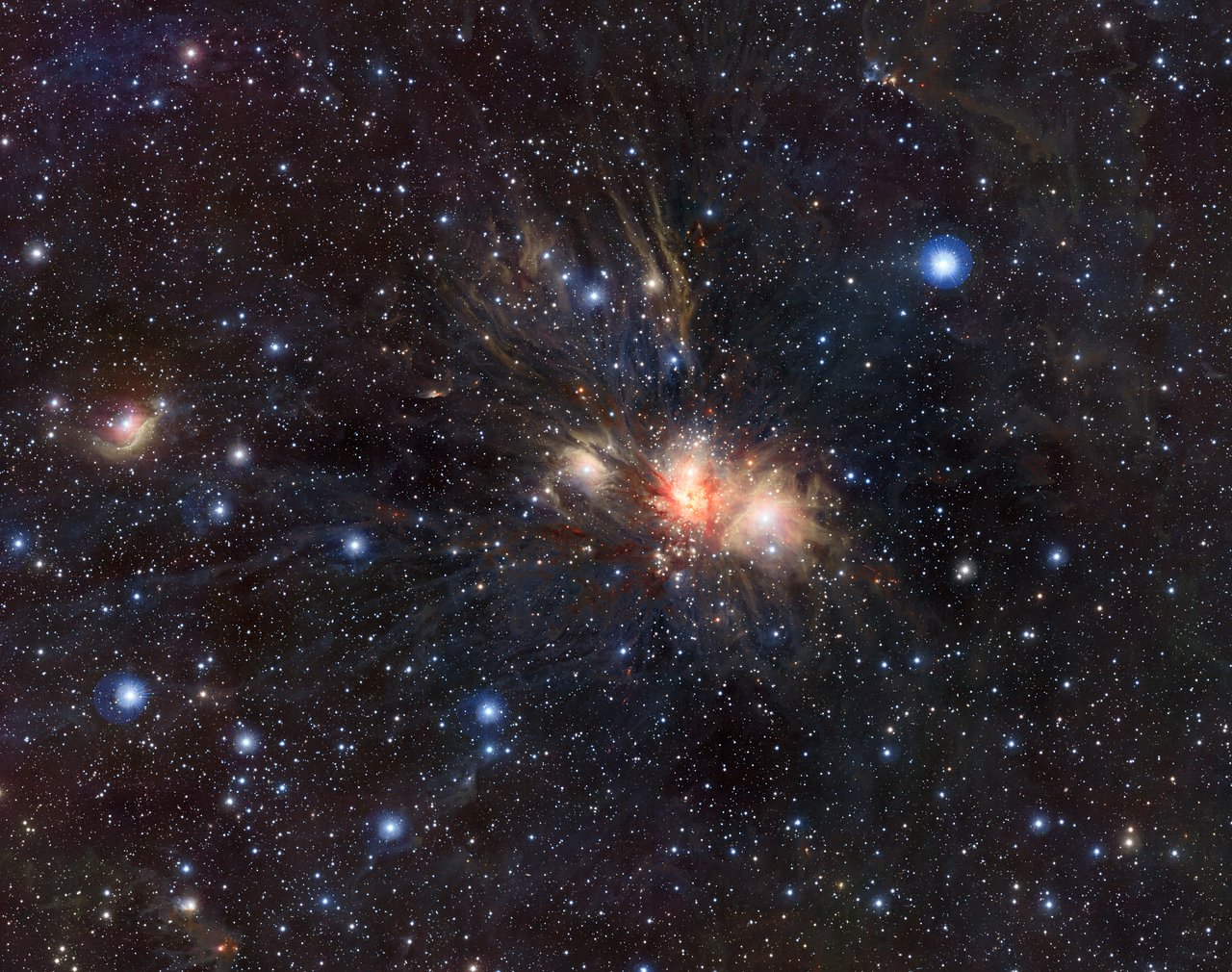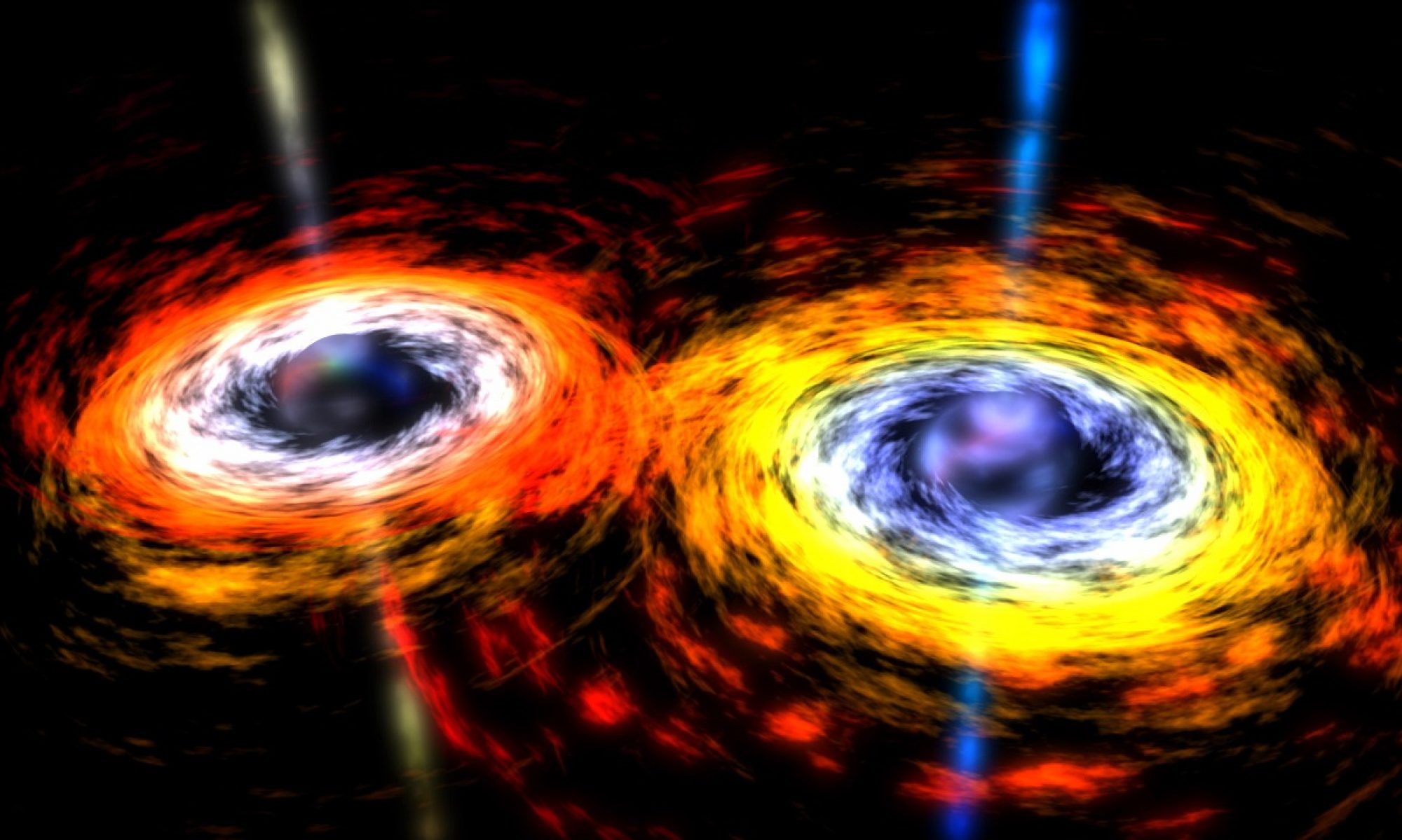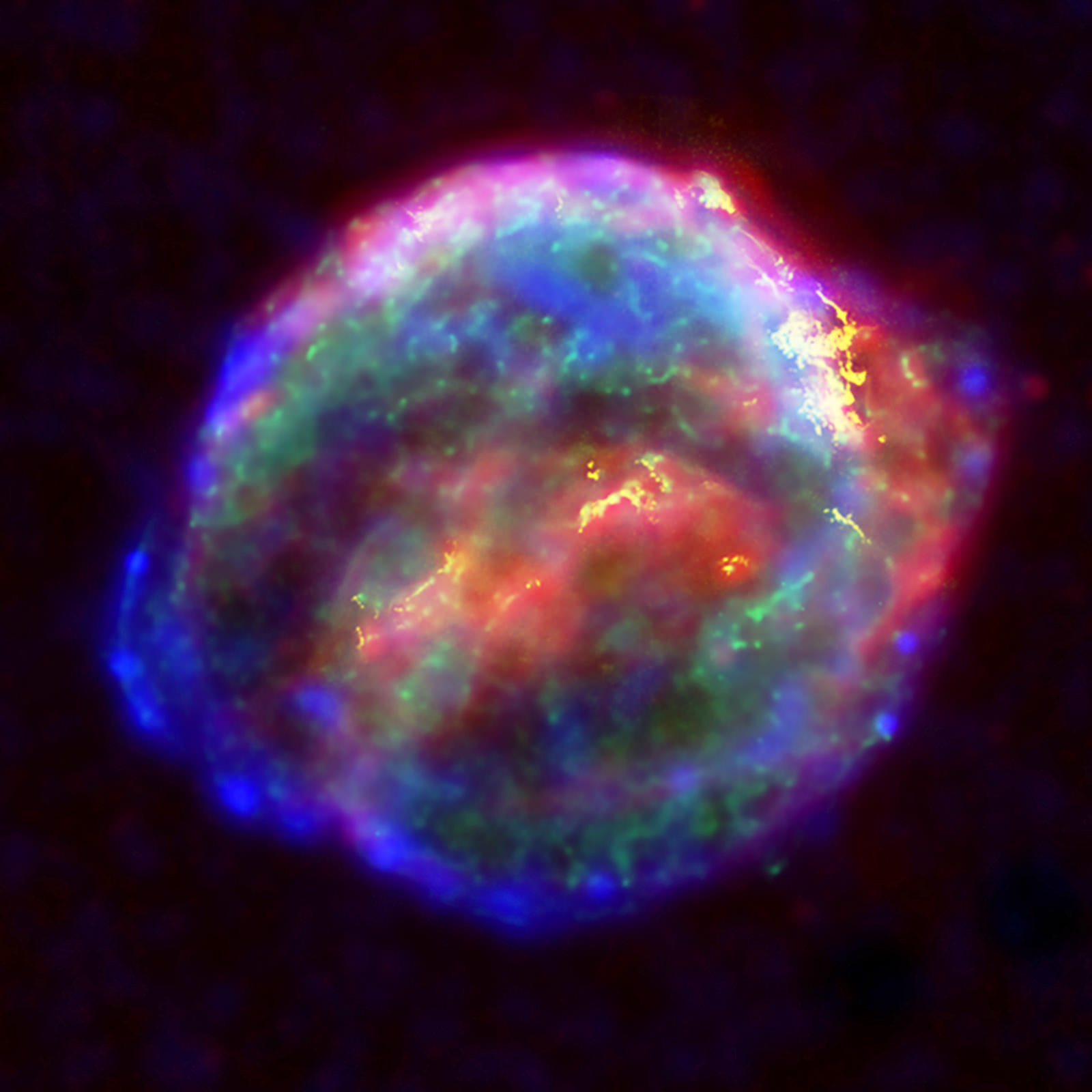Most of what we know about black holes is based upon indirect evidence. General relativity predicts the structure of a black hole and how matter moves around it, and computer simulations based on relativity are compared with what we observe, from the accretion disks that swirl around a black hole to the immense jets of material they cast off at relativistic speeds. Then in 2019, radio astronomers captured the first direct image of the supermassive black hole in M87. This allows us to test the limits of relativity in a new and exciting way.
Continue reading “Einstein. Right again”Einstein. Right again
